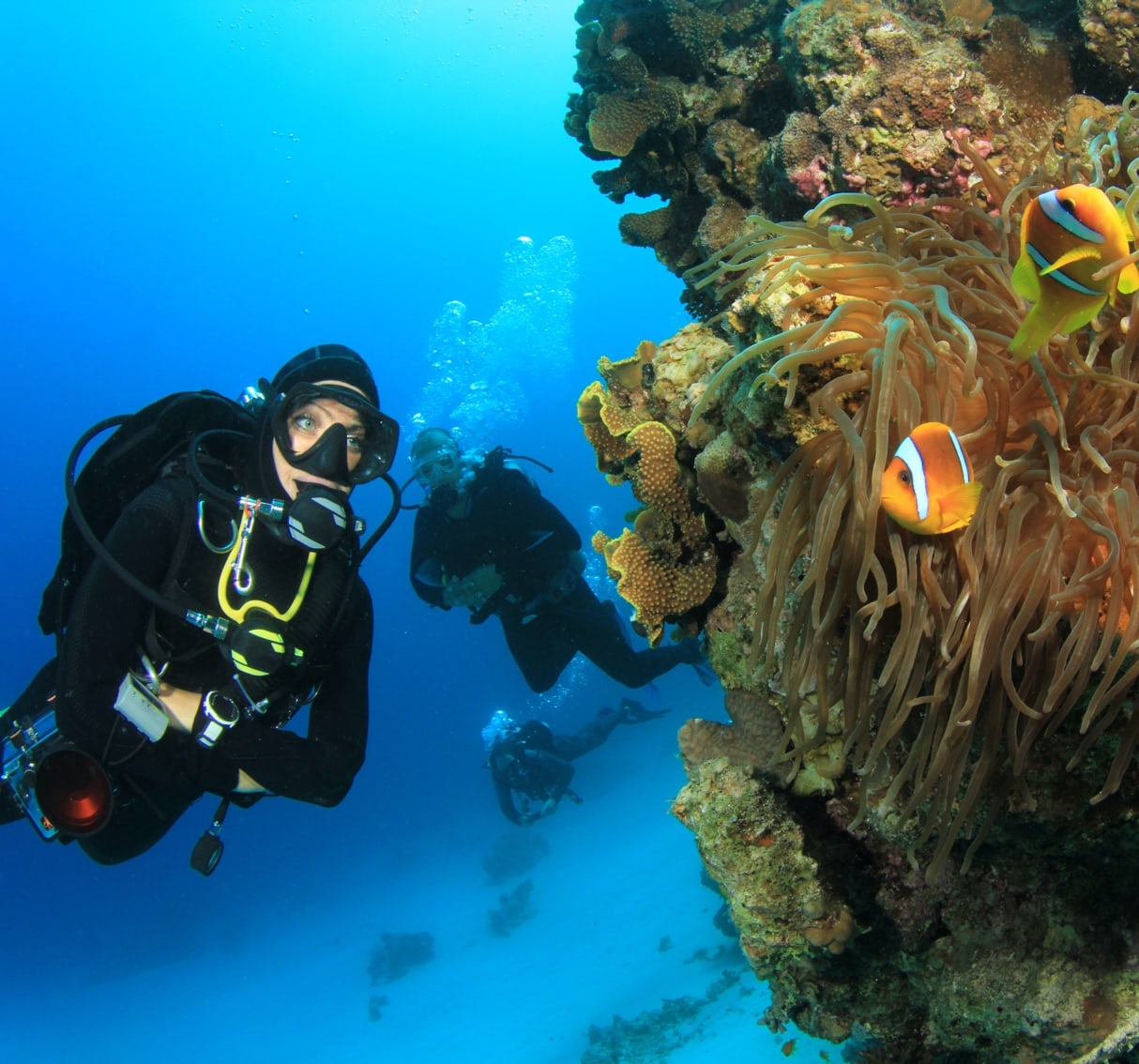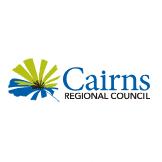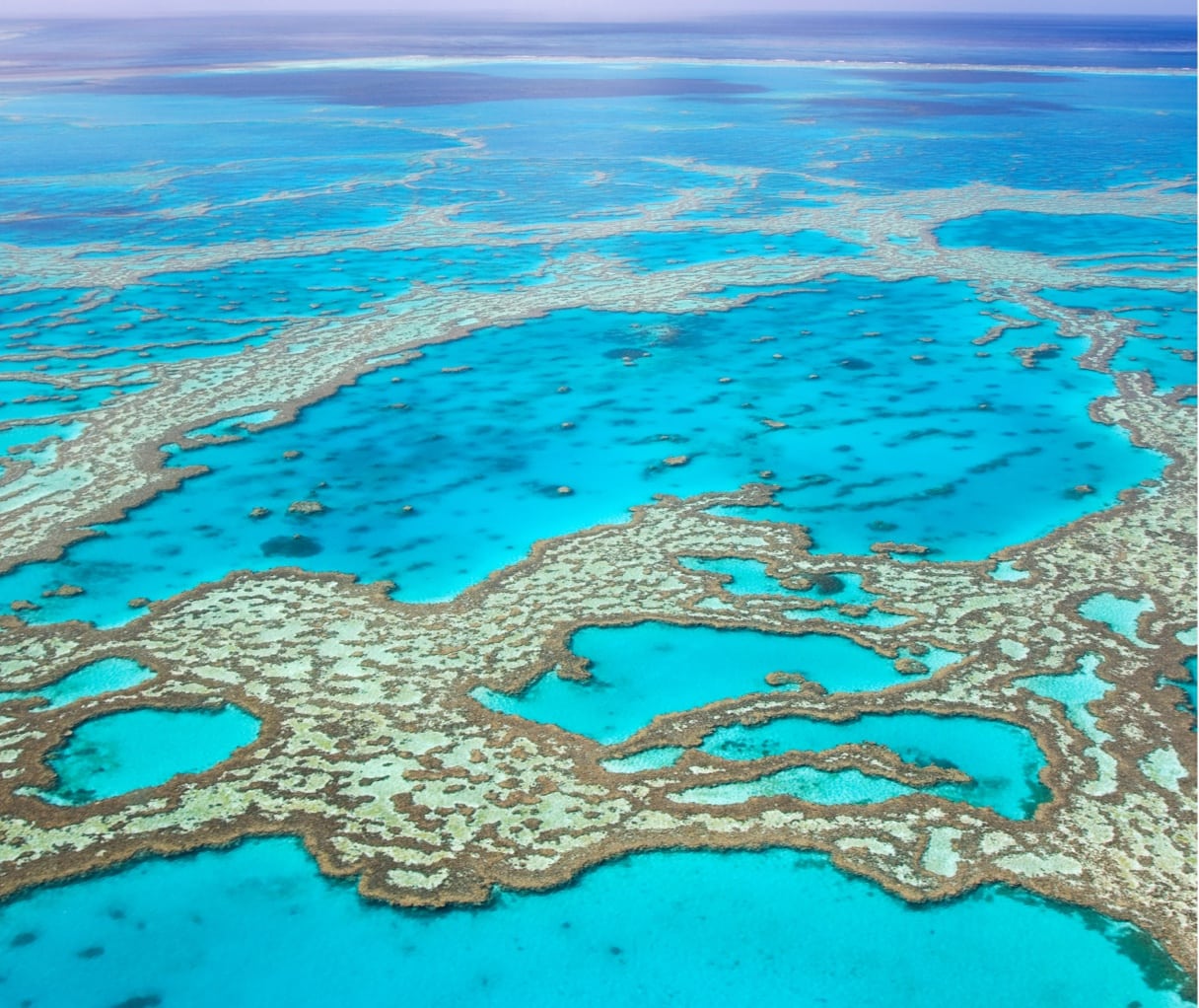About Cairns Regional Council
The Great Barrier Reef is the world’s largest coral reef system supporting a wide diversity of life. It is a World Heritage Site, named one of the seven natural wonders of the underwater world and contributes $6.5 billion a year to the Queensland economy. To build resilience against the impacts felt on the reef due to climate changes, coastal communities are finding ways to improve water quality by reducing and removing pollutants that enter waterways before discharging into the Great Barrier Reef Lagoon.
Saltwater Creek catchment is north of Cairns Central Business District and is an urban catchment primarily consisting of residential and commercial estates and public open space. Cairns Regional Council (CRC) manages stormwater in the catchment primarily using concrete drains which stretch across the suburbs before discharging through Saltwater Creek, south of the Barron River. CRC recently undertook a Smart Cities project to help improve the knowledge of water quality impacts from Saltwater Creek on the GBR lagoon. The long-term objective is to improve urban water quality.
The Challenge
The catchment is in a low-lying area of Cairns, the creek is estuarine well into the catchment and it is subject to flooding during storm events on high tide. Intense rainfall events result in significant runoff from the suburbs. Furthermore, like most water utilities, CRC gets infiltration into its sewer network during intense rainfall events in the wet season, emergency wet weather overflows at pump stations relieve pressure on the sewer network. Discharge from emergency wet weather overflows is used to prevent surcharge into residential dwellings.
Dr Lynne Powell, Strategic Policy and Compliance Coordinator for Cairns Regional Council said, “During storm events we have multiple factors that can impact water quality discharge so our goal for this project was to investigate the contributing factors to water quality during these events, so we can influence the outcome for the better.”
If you can’t measure it, you can’t manage it, so CRC collaborated with James Cook University and other partners to commission a network of environmental sensors in Saltwater Creek to obtain real-time water quality and flow data. The monitoring sites include a permanent gauging station with sensors for nitrate, pH, temperature, conductivity, dissolved oxygen and chlorophyll a. Grab samples are also collected throughout the catchment, analysed at CRCs laboratory with data being stored in the Laboratory Information Systems. In a short time, there was a lot of data accumulating from the gauging station at 30 minute intervals. This data needed to be managed. “We looked for a robust analytics program to turn the data into actionable intelligence and help us plan and improve stormwater infrastructure and water treatment processes, and in so doing, ensure our urban water run-off was not harming marine life” said Powell.
“Good water quality is important for sustaining the health of our aquatic communities, wellbeing of our community and has an important economic value in the Cairns region. When everyone can see and make sense of the data – we can all be part of the solution.”

The Solution: AQUARIUS
CRC selected AQUARIUS to deliver water quality data in real-time and in-turn inform better water management processes by sending alerts to internal stakeholders when indicators (like pH, dissolved oxygen, chlorophyll a or nitrates) reach a setpoint. “By establishing baseline indicators, we are able to measure the efficiency and effectiveness of the environmental programs to be developed and set benchmarks for better managing, not only our own catchment, but also other urban and rural catchments along the Great Barrier Reef” said Powell.
The software manages Saltwater Creek’s telemetered and grab-sampled data, transforming this data into information that is shared through a publicly accessible website that is easy for the community to understand through a user-friendly interface. Data is automatically uploaded into the system with minimal manual intervention, so operators can have greater confidence in the data integrity. The entire system is run in the AQUARIUS Cloud, which provides CRC with the assurance of high up-time and relieves the burden on internal IT. The ease of providing publicly accessible data through a web portal, building customised dashboards, and the flexible data analytics built into Aquatic Informatics are some of the advantages of this data management platform.

Residents are encouraged to visit the WebPortal to learn more about the water quality of their local catchment and identify how they can avoid and reduce pollutants that are entering the waterways. The system goes further than simply informing council staff and the general public; it also alerts users to critical events and provides advice to take appropriate actions to encourage and support sustainable, healthy waterways.
With having data visible, and sharing insights with stakeholders and citizens through their online portal, CRC is committed to involving their entire community as part of the solution. Through the Wet Tropics Waterways Partnership, CRC has collaborated with other industries, including the agricultural industry to improve water quality monitoring tools. CRC is also working with schools to educate students and the wider community on what is being done to improve stormwater quality management, and how they can play their part in protecting the Great Barrier Reef lagoon.
The API integration has really improved our ability to quickly make decisions based on real time data. The advantage of combining information from SCADA, UWAM, and WaterTrax gives us the big picture in one place and allows us to improve performance and operational efficiency.


AQUARIUS gives CRC flexible, functional tools to make evidence-based decisions using automated, up-to-date environmental data like nutrients, sediments and flow to determine water quality. By monitoring surface water quality and hydrology at sampling sites, CRC can calibrate stormwater quality modelling and hydrological flood modelling.
“Good water quality is important for sustaining the health of our aquatic communities, wellbeing of our community and has an important economic value in the Cairns region. When everyone can see and make sense of the data – we can all be part of the solution” concluded Powell.
Solution Highlights
-
Deliver accurate water quality data in real-time.
-
Inform better water management processes with notifications to stakeholders when indicators reach a setpoint.
-
Alert users of critical events and provide advice on appropriate actions to encourage and support sustainable, healthy waterways.
-
Share data with the community through a publicly accessible and easy to use web portal.
-
Improve confidence in data integrity with automated data uploads and minimal manual interventions.
-
Reduced internal IT the burden and assurance of high up-time with a centralized cloud platform.
-
Calibrate stormwater quality modelling and hydrological flood modelling by monitoring surface water quality and hydrology at sampling sites.
